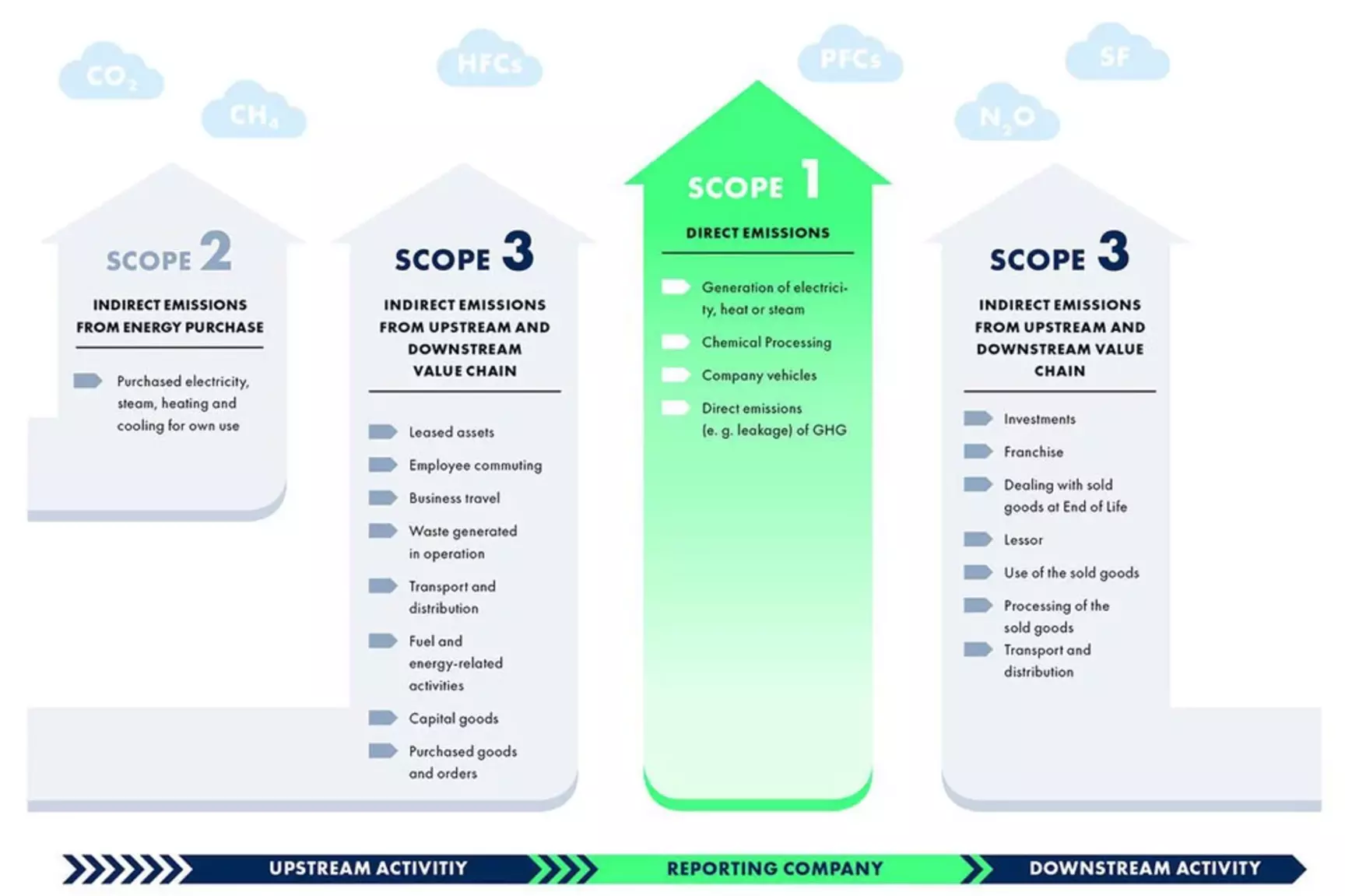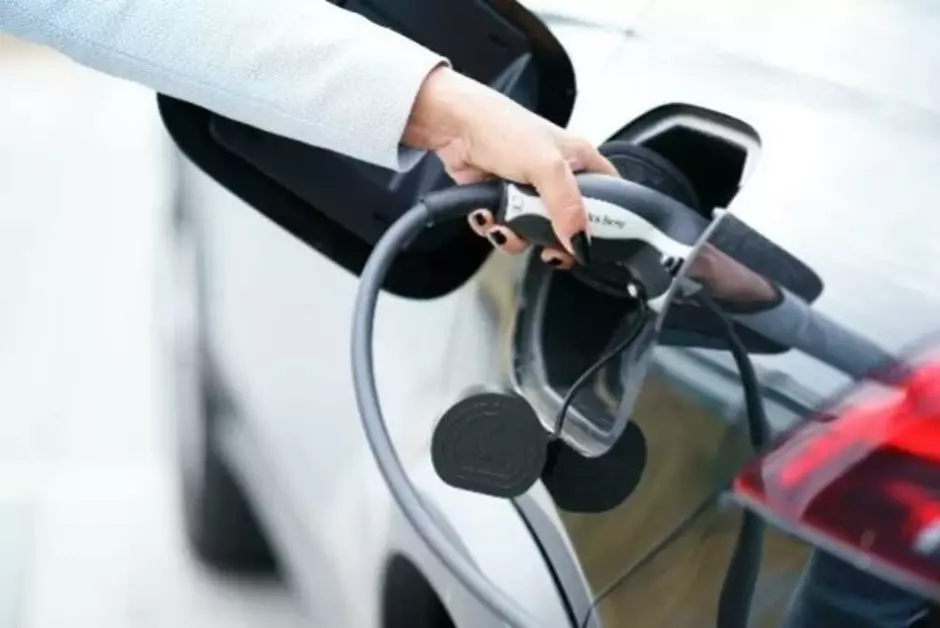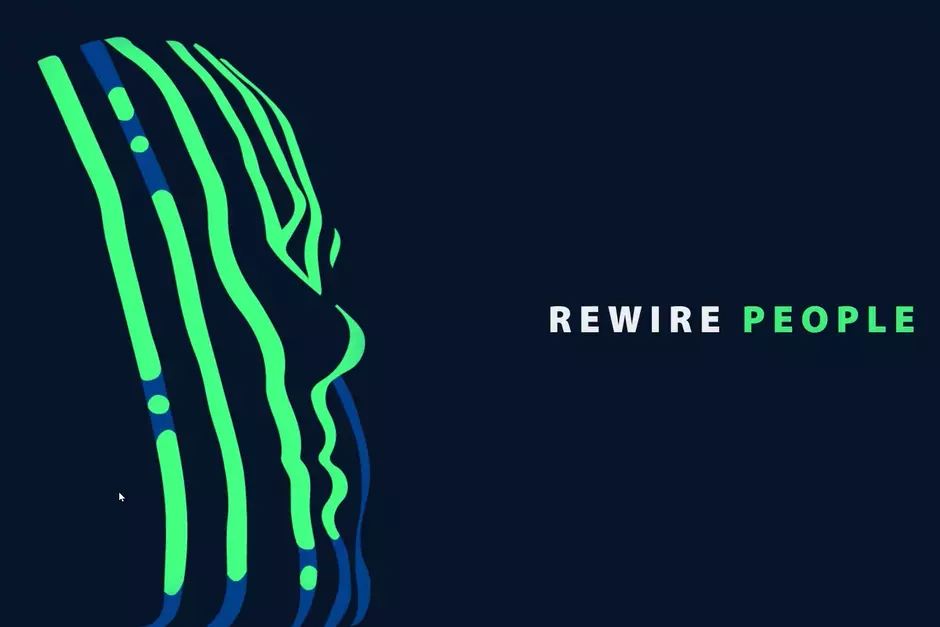
Climate protection
LEONI considers global climate change and the related, mounting statutory and economic demands to be part of corporate responsibility. As a preferred partner in the market for climate-friendly and resource-efficient mobility, one focus is on climate neutrality and the efficient and sparing use of resources at all locations and along the entire value chain. The biggest causes of scope 1 and 2 emissions at LEONI include energy sources used in generating power for our production facilities and logistics. LEONI intends to remain an attractive supplier for its customers and to contribute to the mobility transformation with efficient use of renewable energy and environmentally friendly transport.
"We are taking measures at our sites all around the world on an ongoing basis in order to lower our energy demand and to cover it in a climate-friendly way."
Key sustainability issues:
- Renewable energy and energy efficiency
- Environmentally friendly transport
Overarching goal:
- Reduction of emissions aligned to science-based targets
As a key target, LEONIs ReWire defines measurable steps on the way to achieving a 90 percent reduction in the Company's CO2 emissions by 2050 compared with the baseline year of 2021 – guided by the recommendations of the Science Based Targets Initiative (SBTi). To this end, LEONI is, among other things, expanding use of renewable energy at all its facilities and taking action to improve energy efficiency. LEONI also intends to increasingly offset unavoidable emissions with the goal of attaining LEONI’s climate neutrality (scope 1 to 3) by 2045, and as early as 2035 in terms of direct energy consumption.
Our contribution to sustainable development
Ensuring access to affordable, reliable, sustainable and modern energy for all
Making cities and residential areas inclusive, safe, resilient and sustainable
Taking urgent action to combat climate change and its impacts

Affordable and clean energy
Ensuring access to affordable, reliable, sustainable and modern energy for all

Sustainable cities and communities
Making cities and residential areas inclusive, safe, resilient and sustainable

Climate action
Taking urgent action to combat climate change and its impacts
Our targets (baseline year 2021)
100% use of renewable energies.
Up to 80% use of renewable energies by 2025.
100% climate neutrality in scopes 1 and 2 between 2035 and 2040.
In tandem with reducing emissions, unavoidable emissions will be offset with certificates.
90% CO2-reduction of our emissions in scopes 1 to 3.
By 2025, we will have reduce our scopes 1 and 2 emissions by 17% and our scope 3 emissions by 10%.
2030
2030
100% use of renewable energies.
Up to 80% use of renewable energies by 2025.
2040
2040
100% climate neutrality in scopes 1 and 2 between 2035 and 2040.
In tandem with reducing emissions, unavoidable emissions will be offset with certificates.
2050
2050
90% CO2-reduction of our emissions in scopes 1 to 3.
By 2025, we will have reduce our scopes 1 and 2 emissions by 17% and our scope 3 emissions by 10%.
The Greenhouse Gas Protocol
The Greenhouse Gas Protocol serves as the internationally recognised standard for balancing emissions. LEONI is currently focusing on measures to reduce scope 1 and 2 emissions, which are caused mainly by purchased and consumed energy. Most of the emissions that LEONI causes for its own business operations have their origin in the upstream and downstream value chain (scope 3). LEONI intends, in this respect, to expand its own emissions balancing in certain categories and to develop reduction measures.
How does the Greenhouse Gas Protocol work?
LEONI's science-based reduction targets (baseline year 2021)
In 2022, LEONI computed a science-based reduction pathway that shows the reduction of emissions that LEONI must achieve to lower its scope 1 and 2 emissions and meet the 1.5 degree Celsius target. We have consequently set ourselves the goal of a 38% scope 1 and 2 reduction by 2030 and of 90% saving for the year 2050, in each case compared to the 2021 baseline year. Through continuous reduction measures, LEONI is planning for 90% less emissions by 2050. In order for LEONI to become climate neutral (scope 1 and 2) between 2035 and 2040, from 2035 onwards emissions that cannot be saved will be offset by certificates. To embark on this path as quickly as possible, LEONI has furthermore set itself the target of saving 17% of emissions by 2025.
Reduction of LEONI's scope 1 and 2 emissions
Wiring systems for low-emissions mobility
Mobility of the future will be sustainable and decarbonised. We will play our part in making this happen. We will lower greenhouse gas emissions by continually developing our wiring systems. Particularly reducing the weight of our wiring systems will save fuel and thus emissions on journeys. In collaboration with our customers, we are also striving to broaden our product portfolio to include sustainable product solutions and production processes, and thereby also to contribute to e-mobility, for example.
Conversion to renewable energies
The switch to sustainable electricity procurement at LEONI is in full swing. To further expand the sustainable supply of electricity to our facilities, we intend in future to rely not only on external suppliers but also increasingly on our own power plants. Solar roofs and photovoltaic systems play a particularly important role here, and we are successively expanding them.
In 2023, LEONI carried out, among others, the following measures in the area of renewable energy and energy efficiency:
- switch of an ACS production site in China to electricity from renewable energies,
- the installation and commissioning of photovoltaic systems at a WSD site in China,
- the conversion of the WSD sites in Germany, Serbia, Romania and one site in China to electricity from renewable energies.
Transparent and climate-friendly value creation
Looking forward, we intend to decarbonise our entire value chain – including our logistics and the operations of our suppliers. Only together can we achieve our vision of climate-friendly and resource-efficient mobility that is accessible to all. We have already set ecological standards with our Code of Conduct for Business Partners. In addition, we are currently working on making the carbon footprint of our purchased materials more transparent and thus being able to incorporate further sustainability criteria into our procurement.
Environmentally friendly transport
At LEONI, emissions are also caused by means of transport. Materials and products need to be transported between LEONI’s sites and its customers and suppliers, in some cases across long distances. At present, there is not yet any overarching management approach designed to reduce the accompanying greenhouse gas emissions. LEONI is, however, taking individual measures that can help reduce the carbon intensity of transports associated with its business activities.
Among other things, LEONI is working to optimize logistics flows by combining transport and full utilization of means of transport, as well as by purchasing from regional suppliers. Transport by rail is preferred provided that connections are sufficiently frequent, fast and economical. In addition, LEONI uses returnable load carriers that circulate between its own locations and customer locations over a period of several years.
The corresponding small-load carriers are mostly made of plastic while bulk carriers are made from wood as a renewable resource.








